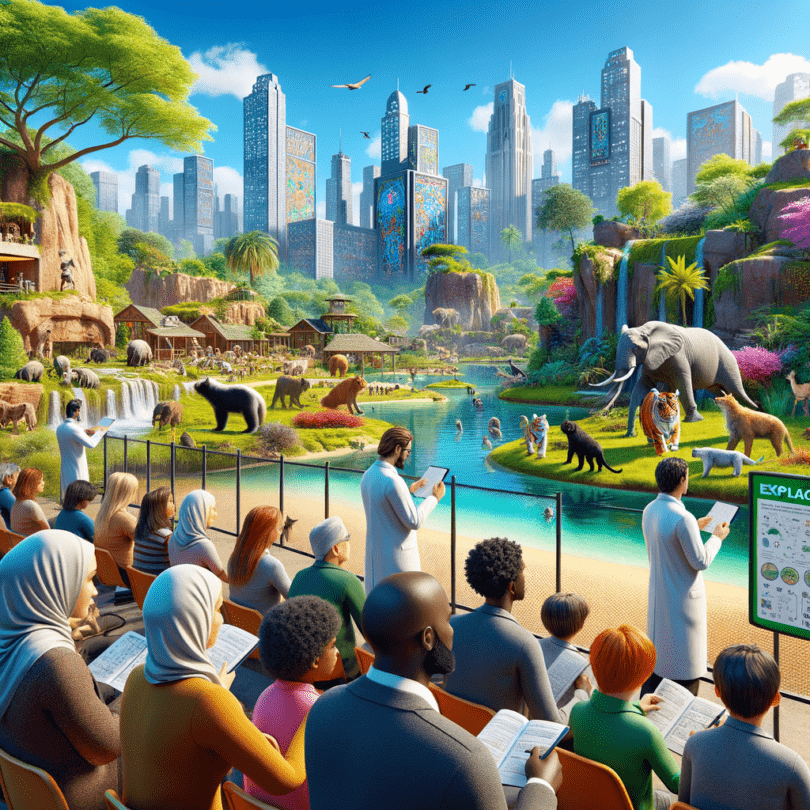See all collaborators. We’re often labeled as a nation that prefers to lounge on the couch, lacking the drive and power to change the direction of the obesity crisis. Everyone could use a bit of assistance in striving for a healthier lifestyle, and design can significantly influence this journey. If we crafted our towns, cities, homes, and workplaces similarly to how experts design environments for animals in zoos, we might be closer to meeting our fitness objectives—provided we incorporate some fun along the way. There’s a prediction that by 2025, British individuals may become the heaviest in Europe, and to counteract this, we should lead healthier lives by increasing physical activity and reducing food consumption. However, there’s often a sense of guilt imposed on us for not adhering to these healthier lifestyle strategies. Rather than blaming people for living sedentary lives, it’s suggested we first consider the design of the environments, towns, and cities where we reside. The connection between environmental design and its impact on our health and well-being has been thoroughly studied. New research spearheaded by Lancaster University on “design for health” indicates that our surroundings, including buildings, urban areas, and transport infrastructure, closely influence the lifestyles we choose. It’s evident that as we design our environment, it also designs us. Our psychological, physiological, and physical states, along with our interactions with others and the natural world, are affected by our environment. The major challenge that governments and policy makers globally face is determining how to design built environments and infrastructures that support healthier behavior to prevent illness. We should shift away from focusing solely on directives and media campaigns that attempt to alter behavior through punitive taxation. Instead, it is important to consider design that reduces obstacles to healthy behavior while creating new environments. Zoos provide a useful example; before any zoo is constructed, a collaborative approach is taken, involving zoologists, biologists, animal psychologists, nutritionists, architects, designers, and landscape architects. They work together to create an optimal living environment for the animals, considering vital elements such as vegetation, habitats, lighting, materials, and the specific needs of each animal, aiming to support their physical, psychological, and social well-being fully. Ironically, these demands aren’t always applied to the planning and design of human environments like towns, neighborhoods, or workplaces. A recent initiative that has emerged is the healthy new town NHS initiative, which aims to revolutionize living spaces and significantly improve health through their physical design. Across England, ten pilot towns will be developed with an emphasis on community health and well-being, as clinicians, designers, and technology experts rethink healthcare delivery in these areas. Although this marks progress, the approach lacks the comprehensive perspective seen in zoo design projects. Involving community members in planning these towns is a vital step in making them desirable places to live. This involvement can help incorporate health-promoting designs, like convenient access to healthy food outlets or green spaces for walking and exercise. Using playful design, where playful elements from games and toys are integrated into non-game settings, can be instrumental in drawing people toward healthier options. For instance, Stockholm’s ‘piano stairs’ project transforms metro stairs into a giant piano keyboard, encouraging people to use the stairs instead of the escalators by offering an engaging, musical experience. Similarly, a project in the Netherlands shows how ordinary street fixtures, such as lampposts, benches, and bollards, can be inexpensively adapted into informal fitness equipment, inviting people to exercise casually and connect socially with neighbors. Several other scenarios can be imagined where playful elements transform routine activities into enjoyable ones, fostering a more active and social lifestyle. We could transform building walls into surfaces encouraging stretching, redesign public squares and pathways as interactive dance areas promoting movement, and convert workplaces and public spaces into “playgrounds” that enhance movement, productivity, and reduce sluggishness.
Gaining insights from zoos – the impact of our environment on our health
Advertisement
Advertisement

